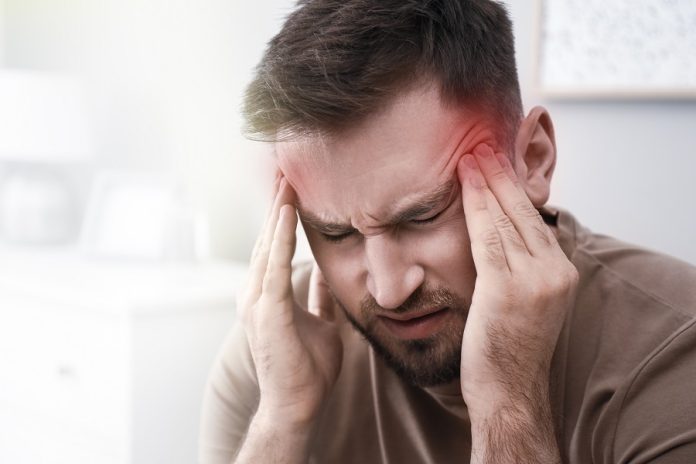Migraines in adolescents are common and often not sufficiently controlled. Migraine headache prevalence among all pediatric patients is estimated at nearly eight percent. Previous data has shown that approximately 10.6 percent of children five to fifteen years and 28 percent of adolescents aged 15 to 19 years. Migraines have been associated with psychosocial problems in children and adolescents.
The American Academy of Neurology guidelines on treating pediatric migraine headache recommend acute treatment with ibuprofen or acetaminophen and nasal sumatriptan (Imitrex nasal spray) in the adolescent population. The only approved drug for prevention is topiramate. These medications were approved for use in patients 12 or 17 years. There are few medical options for the prevention of migraines in the adolescent population and no approved options for those younger than 12.
Migraine surgery has been studied extensively in adult patients with refractory headaches. .In this new study Dr. Bahman Guyuron, MD, FACS, and colleagues reviewed a single surgeon’s outcomes following migraine surgery in an adolescent population.
Dr. Guyuron developed the migraine surgery techniques after noticing that some migraine patients had reduced headache activity after undergoing cosmetic forehead lift procedures going back to year 2000.
The surgery targets “trigger sites” in the nerve branches that produce headaches, identified by preoperative evaluation. Trigger sites are detected using a constellation of symptoms, nerve blocks, ultrasound Doppler and CT scans.
A retrospective review of all patients operated on by Dr. Guyuron, senior author of this review, from 2000 to 2014. All patients aged 18 years or younger with at least 1 year of follow-up after surgery were included. Preoperative and postoperative migraine frequency, duration, severity, and migraine headache days and migraine index were analyzed for statistical significance.
A total of 14 patients and 15 operations were analyzed. After an average follow-up of 38.2 months, the frequency of migraine headaches per 30-day period was reduced from 25 to 5. The migraine headache index decreased from 148.1 to 12.4, the duration of headaches (number of hours per 24 hours) declined from 0.71 to 0.25, severity of headaches diminished from 8.2 to 4.3 and migraine days per month declined from 25 to 5.
Five patients remained free of any symptoms following surgery. One patient had no improvement in frequency of headaches, but did have improvement in severity and duration of headaches. No postoperative complications were noted in this group of patients.
Although the experience is small and preliminary, the results suggest that migraine surgery, like in adults, is safe and effective in teenaged patients.
“Identifying the adolescent patient who would benefit from surgery is the most important aspect of surgical intervention,” Dr. Guyuron and colleagues write. They emphasize the need for “more in-depth and prospective studies” to confirm the effectiveness of migraine surgery, and to weigh the risks and benefits of surgery for younger patients.
Despite the limitations of the study (patient population was small), the did however, demonstrate strong significance with regard to all studied symptoms, indicating that even in a larger population, our findings would likely be validated, write the researchers.
Dr. Guyuron and his team have published 24 articles in peer-reviewed journals on this topic and efficacy of the surgery, and have another 12 research projects in process. Five additional independent centers have confirmed Dr. Guyuron’s findings.















